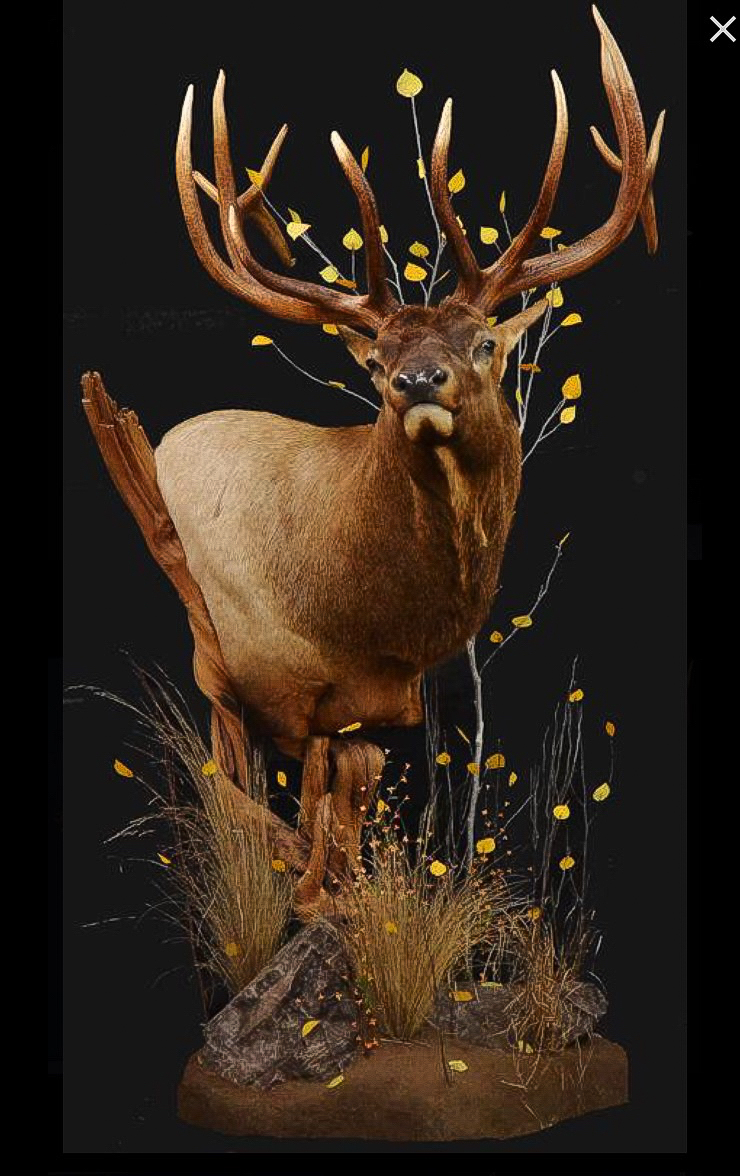Choosing the Right Taxidermist Leave a reply
Choosing the Right Taxidermist
By Jason Brooks
It might be the “trophy of a lifetime” or your first harvest, maybe it was a special species or a hunt to remember. No matter what your reasons are for having an animal mounted by a taxidermist you want it done right. Recently I sat down with Michael White of Nature’s Way Taxidermy who has been in business for several years and has won several awards. His workshop is a heated and finished shop at the end of a short driveway in rural Washington state. A small sign hangs along the busy street out front but no other indication that it is a taxidermy shop. Once you walk in the small showroom has some finished mounts for you to look at but the real showcase is when you walk into the working portion of the shop. Mounts in different stages of completion and various animals from across the world. This is the “inner workings” of a taxidermy shop and here is where you learn if the taxidermist you are thinking of using is the right one for you.
Go to the shop. Mike’s first comment when I asked him about how to choose a taxidermist was four simple words but it speaks volumes. If possible, go to the actual shop you are thinking of using. Look at exemplar work as well as work in various stages, “Look at the small details, not the antlers”, was his next piece of advice. Most hunters first look at the “trophy” of the animal and forget that they need to look at the mount itself. Antlers won’t change, other than maybe fading in UV sunlight, but the skin and hair can fail over time. The eye’s should follow you around the room as you walk past it. Ask yourself, “Does this look like the actual animal?”. Be sure to look at the nose, lips, and around the eyes as the fine detail can often be found here. If the taxidermist is paying attention to the small details, then more than likely they are doing the bigger details right too. If you can’t go to the actual shop and plan to ship your mount to them then ask the same questions you would ask if standing in the showroom.
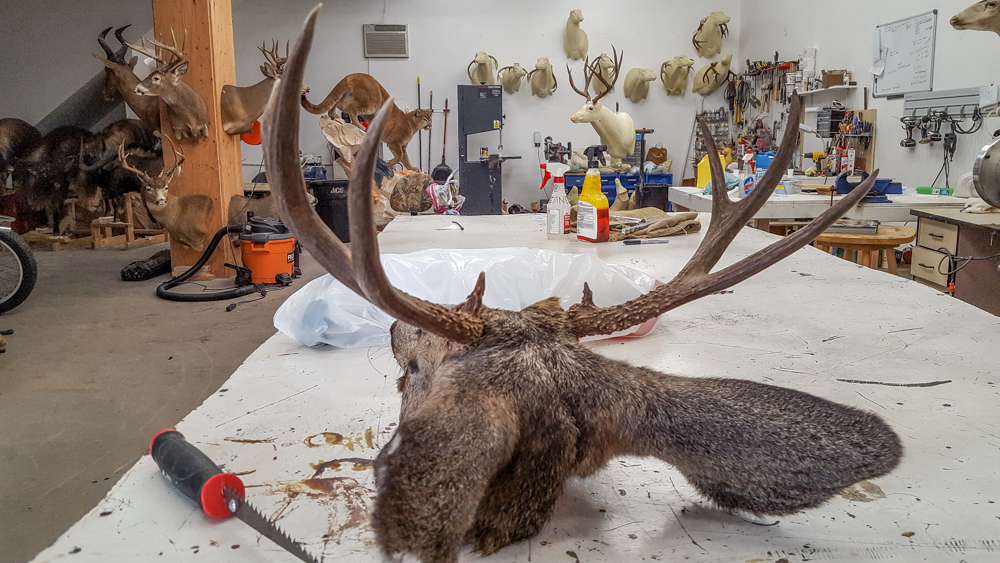
The inner-workings of a taxidermy shop is where you can out if they are the one for you-Jason Brooks
Ask about the animal you are having mounted. Some taxidermist are really good for certain species and then there are species they might not be so good at (another reason why you really should see work done by them on the species you are having mounted). I have been to a taxidermy shop where they did really good work on deer, elk, and bighorn sheep but then I saw a bobcat and it looked weird. Turns out the taxidermist didn’t do very many cat’s and wasn’t that good at them because of it. Mike admitted that when he skins out an animal he looks at the muscle’s and details under the skin and if possible will look at live animals as a comparable. I noticed he had several Thar in his shop. Turns out he did a Thar for a client and it was a beautiful mount. That client ended up telling their friends and soon the word spread and now Michael White is known for his excellent Thar mounts, not something you would expect from a taxidermist in rural Washington.
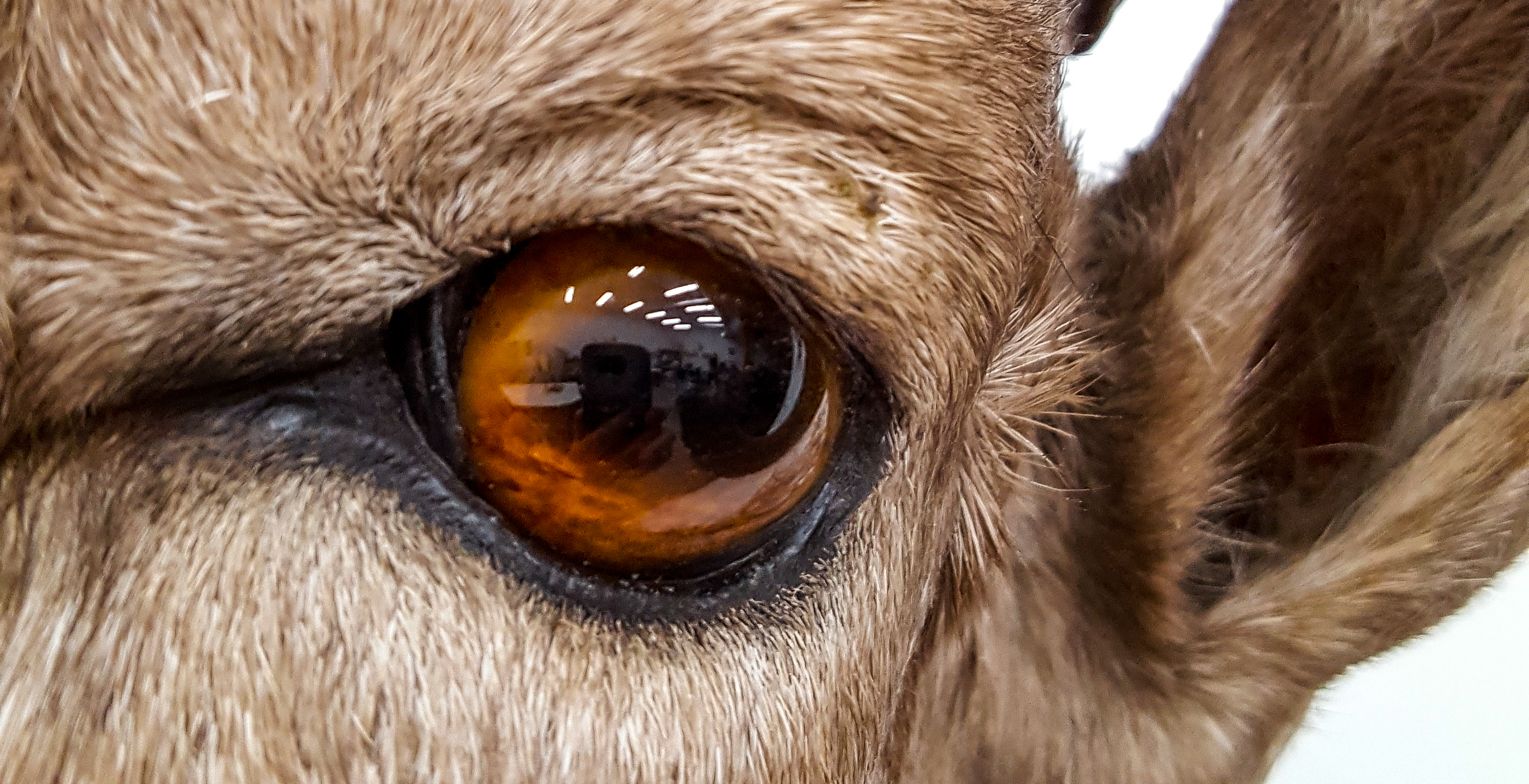
Be sure to look at the details around the eye’s, nose, mouth and other “fine” areas instead of the antlers or horns-Jason Brooks
Cost. Be sure to ask about cost including any possible additional cost such as shipping, skinning or accessories like pedestals, and of course if the estimate includes tax. You might get a big surprise if you have never had anything mounted and learn that the deer head you want mounted will cost hundreds of dollars more than you thought. Be very leery of “low priced” work. Ask the taxidermist why they charge the price they do, especially if it sounds too good to be true. Compare the price with other taxidermist in the local area and they should be similar. There are some reason’s for lower prices besides doing “cut rate” work, such as a new taxidermist trying to establish a client base, a lower tax base if they are in a different location, or a “hobbyist” that has a different full time job and practice taxidermy as a hobby or second job. Realize that any of the reasons why one taxidermist is lower than another could be an indication of sub-par work or inexperience. If they are within a few hundred dollars then it might be due to volume, lower secondary costs or other reasons. Mike reminded me that when I have a mount done the cost of the mount has to help pay for more than just materials and his time. The total costs also has to help pay the electricity bill, business taxes, employees, water, sewer, and such. At the end of the day Mike admitted he hates trying to figure out his hourly wage as it usually comes in under what he could make doing a “desk job”. No matter the cost the taxidermist must be licensed to do such work.
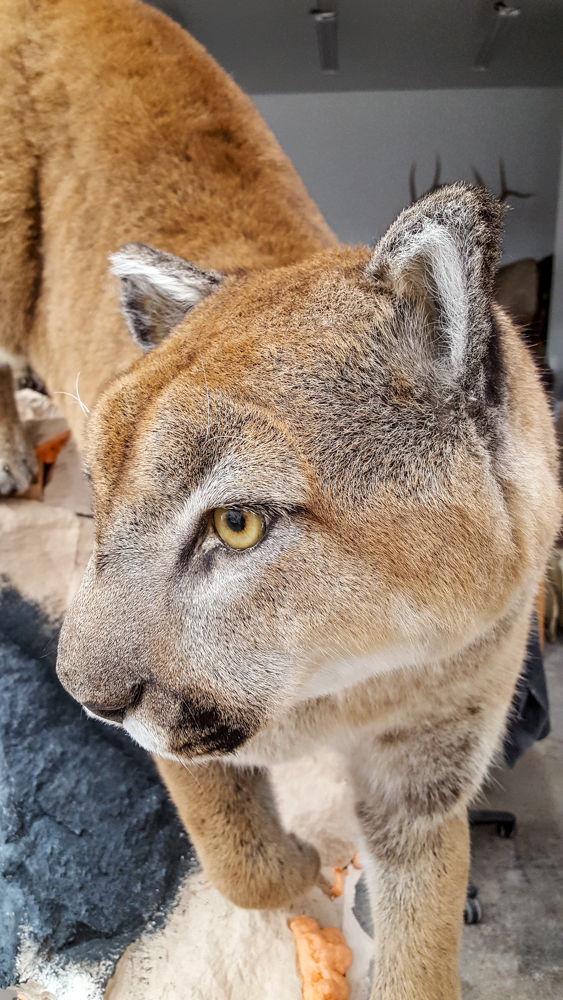
Cat’s are hard to mount and keep the realistic look which is why you need to see the work of the taxidermist before you have work done-Jason Brooks
Turn-around time. Be sure to ask how long on average it takes to get a mount back. A good shop means they have a high demand. Depending on if they employ workers to help with chores like skinning, fleshing, salting, shipping and other tasks that take time away from the finishing work of the taxidermist then the turn-around time might be shorter than a shop where the taxidermist does every step from start to finish. Regardless, the average time can be from several months to even a few years. One of the “tip-offs” of possible sub-par work is when a taxidermist “guarantees” a short turn-around of 6 months or less for skin mounts. Just to let you know how the process works, the mount needs to be skinned and the hide fleshed and salted or frozen. Then shipped to a tannery, get tanned, shipped back, the form has to be ordered and then when all of the materials arrive the actual mounting can start which again takes time.

A mount can be more than just a head on the wall, be sure to ask about pedestal’s or bases-Jason Brooks
Ask if they sub-contract. Some shops have another shop do specialty mounts such as fish, birds or European mounts. They can also have part of the work done by another shop like European mounts where they utilize bugs or a cleaner and then do the finish work at the shop like repairing teeth, antlers, or whitening. It is okay if the shop uses a sub-contractor and in fact they are recognizing that another taxidermist do a better job for your trophy and they want it done right. Bigger shops might hire a taxidermist that only does fish, another that specializes in birds, and another that is good for fur bearers. A small shop might not have that capability and offers to find the right taxidermist for your mount.
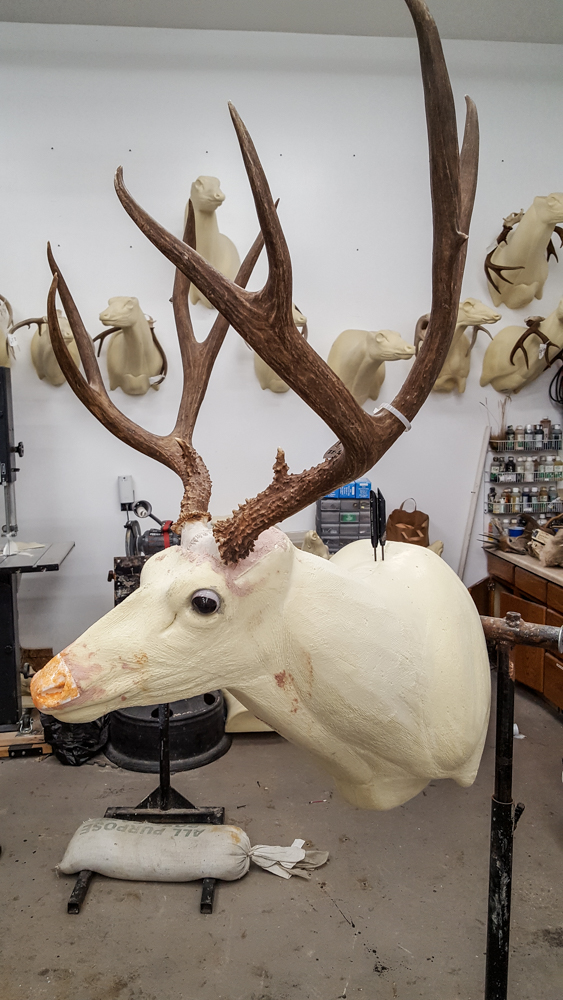
It takes a lot of time to prep the form and start the mounting process so don’t expect your mount to be done in a few months-Jason Brooks
Last, ask about warranty of their work. Realize that if you cut the hair or cause a blemish that the taxidermist is not going to be able to fix everything. A broken antler can be fixed but if you put a bullet through the neck the hole might not be fixed. They might offer using a different cape or suggest another type of position or mount like a European or a half body mount when you wanted a life size. If at any time the taxidermist gets mad, upset, or questions why you are asking all of these things then ask yourself if you want to pay hundreds of dollars to someone who is not willing to spend twenty minutes with you and reassure you that your trophy of a lifetime is as important to them as it is to you. And please, don’t waste their time either. They have work to do so don’t call before you go on your hunt and ask hypothetical questions, hoping you get that trophy. Instead, go to their shop and look around, have a conversation with them while they are working and if they are busy then spend the time looking at their mounts and then ask questions.
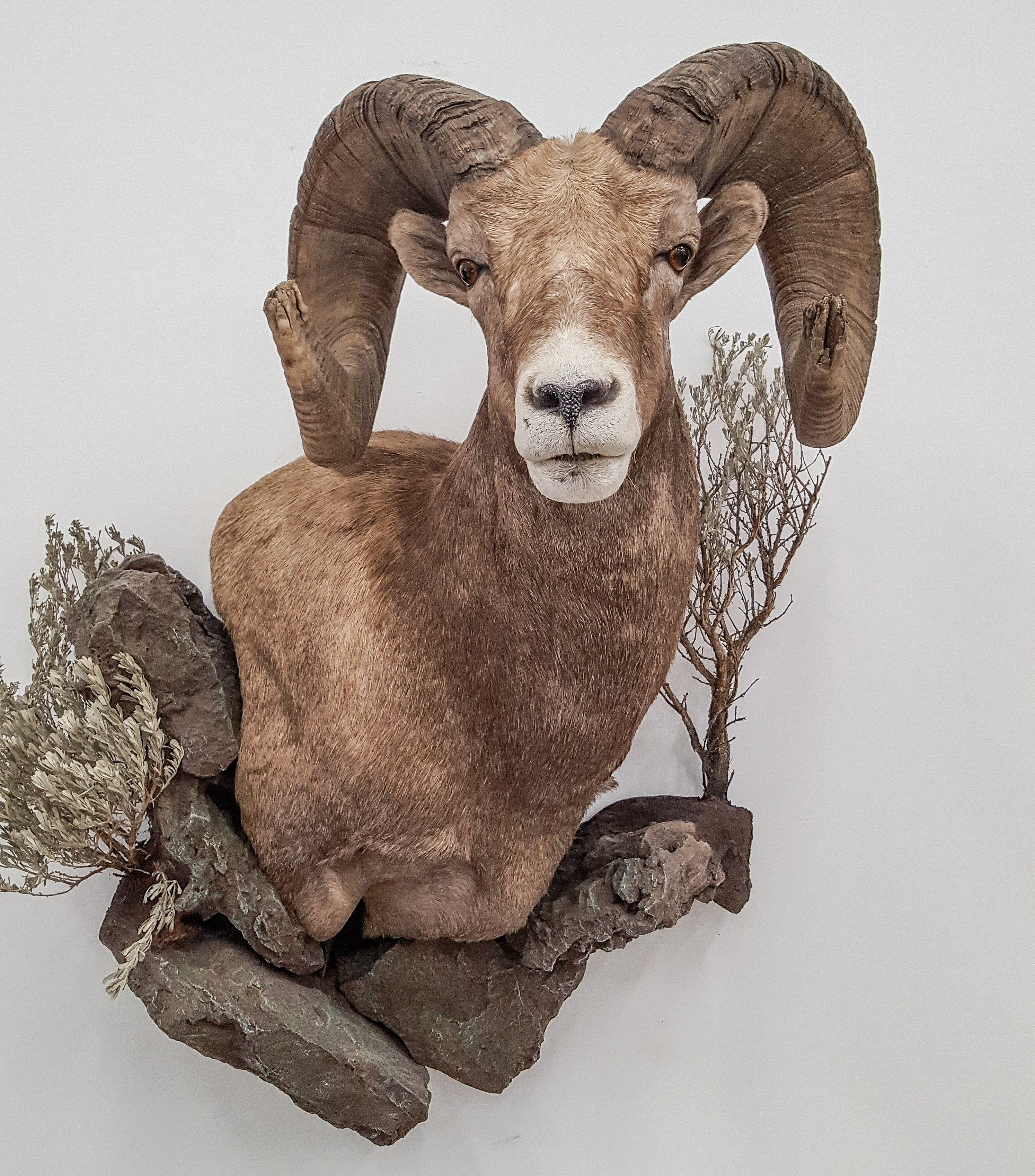
The finished mount is something that you can be proud to show as well as re-live the hunt each time to look at it-Jason Brooks
Be sure to pick the right taxidermist and that trophy of a lifetime will last many lifetimes and allow you to re-live the hunt. As a hunter, finding the right taxidermist often becomes a friendship and when you find a good one be sure to recommend them to other hunters.
Jason Brooks
The Outdoor Line Field Editor



